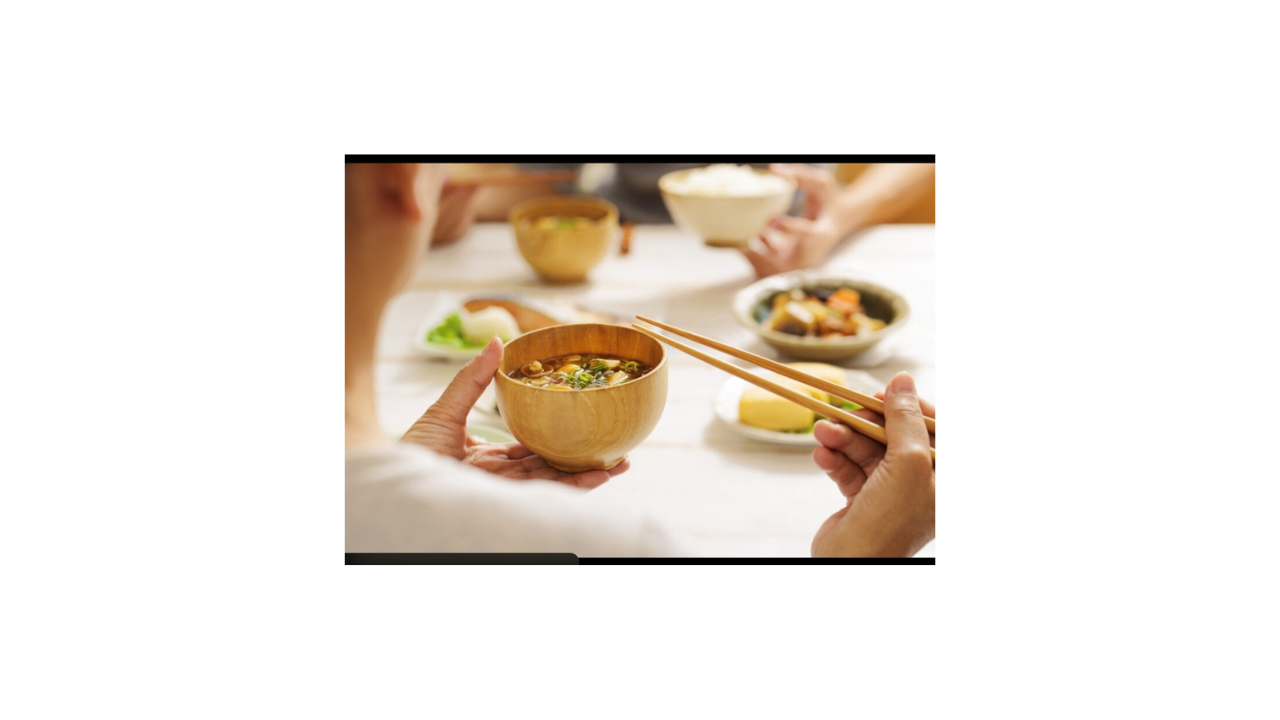The Deep Gratitude Behind “Itadakimasu” and “Gochisousama”: A Glimpse into Japanese Food Culture
In Japan, the phrases “Itadakimasu” (いただきます) and “Gochisousama” (ごちそうさま) are uttered before and after meals, respectively. While they are often translated as “Let’s eat” and “Thank you for the meal,” these expressions carry profound cultural significance that goes beyond mere politeness. They encapsulate a deep sense of gratitude toward the food, the natural world, and the people who made the meal possible.
What Does “Itadakimasu” Mean?
“Itadakimasu” is a phrase said before eating, expressing gratitude for the food and acknowledging the lives that were given to provide it. The term “itadaku” (いただく) is a humble form of “to receive,” and “masu” is a polite verb ending. Together, they convey a respectful reception of the meal.
Historically, “itadakimasu” has roots in Shinto and Buddhist traditions, reflecting the belief that all living things possess a spirit. By saying “itadakimasu,” individuals honor the lives of plants and animals that were sacrificed for the meal. This practice fosters a deep connection with nature and a recognition of the interdependence between humans and the environment.
The Significance of “Gochisousama”
After finishing a meal, Japanese people say “Gochisousama” (or “Gochisousama deshita” in its more formal past-tense form), which translates to “Thank you for the meal.” However, the meaning extends beyond simple gratitude. The word “gochisou” (ご馳走) originally referred to a feast or banquet, implying that the meal was a special treat. Saying “Gochisousama” acknowledges the effort and care that went into preparing the meal, whether it was a simple home-cooked dish or a lavish banquet.
This expression also reflects the Japanese value of humility and appreciation for the efforts of others. It serves as a reminder that meals are not just about sustenance but are also about the relationships and efforts that bring food to the table.
Cultural Context: Gratitude Beyond Words
The practice of saying “Itadakimasu” and “Gochisousama” is deeply embedded in Japanese culture. It is taught from a young age and is considered an essential part of table manners. These expressions are not just about politeness; they are about cultivating a mindset of gratitude and mindfulness.
In Japanese society, there is a strong emphasis on the interconnectedness of all things. The phrases reflect this worldview by acknowledging the contributions of nature, farmers, fishermen, and cooks. They remind individuals that every meal is the result of a complex web of interactions and efforts.
The Absence of Direct Equivalents in English
While English speakers may say “Let’s eat” before a meal and “Thank you for the meal” afterward, these phrases lack the depth and cultural context of their Japanese counterparts. English expressions are more transactional and do not convey the same level of gratitude or recognition of the interconnectedness of life.
For instance, “Let’s eat” is a simple invitation to begin a meal, and “Thank you for the meal” is a polite acknowledgment. However, neither phrase encompasses the spiritual and cultural significance embedded in “Itadakimasu” and “Gochisousama.”
Teaching the Concepts to Non-Japanese Speakers
When introducing these expressions to non-Japanese speakers, it is essential to go beyond translation. Explaining the cultural context helps convey the depth of meaning behind the words. For example, one might say:
-
“In Japan, we say ‘Itadakimasu’ before eating to express gratitude for the food and acknowledge the lives that were given to provide it.”
-
“After finishing a meal, we say ‘Gochisousama’ to thank those who prepared the meal and to appreciate the effort and care that went into it.”
These explanations help others understand that these expressions are not mere formalities but are integral to Japanese cultural values of respect, gratitude, and mindfulness.
Modern Relevance: Maintaining Tradition in Contemporary Society
In contemporary Japan, the practice of saying “Itadakimasu” and “Gochisousama” continues, though its frequency may vary among individuals and families. In urban areas, where fast-paced lifestyles prevail, some may skip these expressions. However, many still uphold the tradition, especially during family meals and special occasions.
Maintaining this practice is seen as a way to preserve cultural heritage and promote mindfulness in daily life. It serves as a reminder to pause and reflect on the origins of the food and the efforts involved in bringing it to the table.
Conclusion
“Itadakimasu” and “Gochisousama” are more than just phrases; they are expressions of a worldview that values gratitude, respect, and interconnectedness. They encapsulate the essence of Japanese food culture, where meals are seen as opportunities to honor life and acknowledge the contributions of others. By understanding and embracing these expressions, individuals can gain insight into the cultural values that shape Japanese society and perhaps find inspiration to cultivate a deeper appreciation for the food they consume and the relationships that nourish them.

コメント